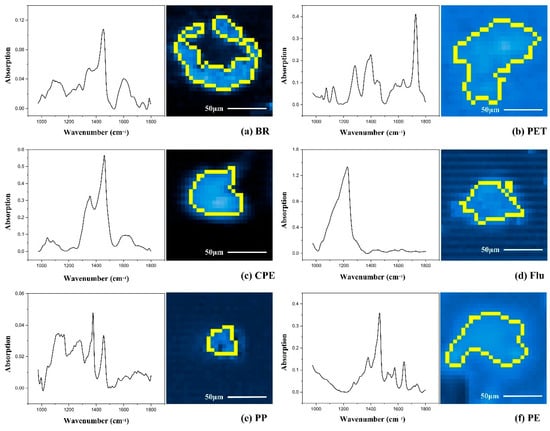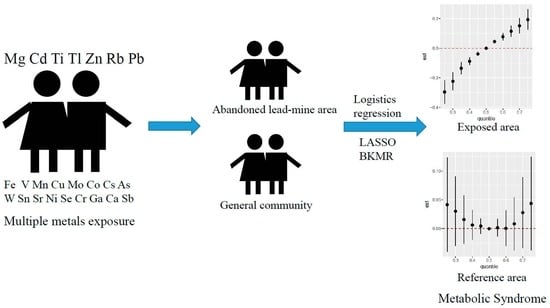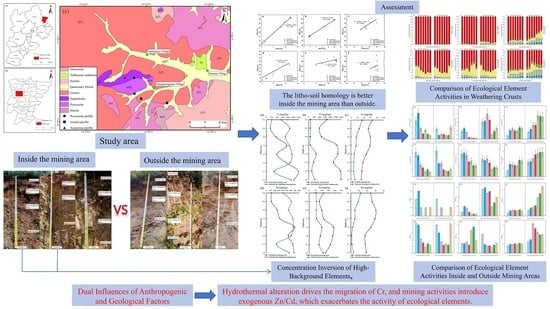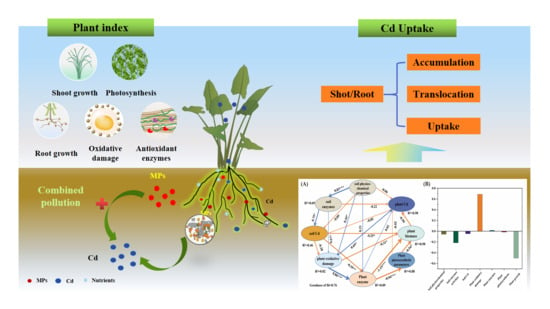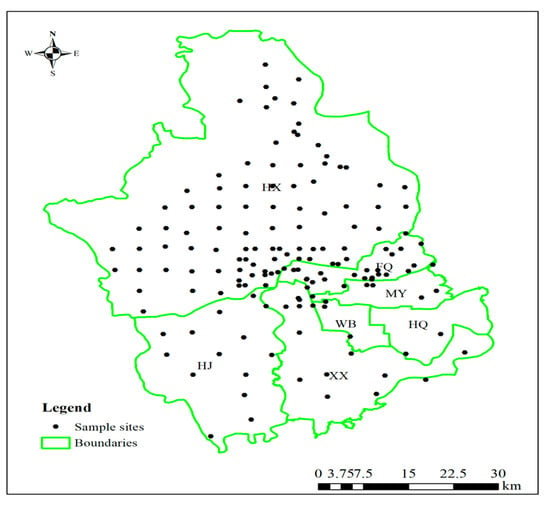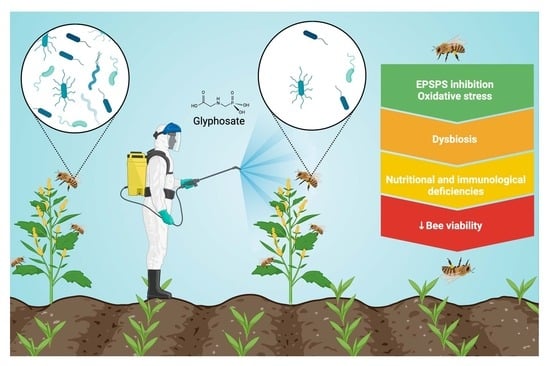Open AccessSystematic Review
Toxic Metal Content in Deciduous Teeth: A Systematic Review
by
Ireneusz Zawiślak, Sylwia Kiryk, Jan Kiryk, Agnieszka Kotela, Julia Kensy, Mateusz Michalak, Jacek Matys and Maciej Dobrzyński
Toxics 2025, 13(7), 556; https://doi.org/10.3390/toxics13070556 (registering DOI) - 30 Jun 2025
Abstract
Deciduous teeth accumulate toxic metals until fully mineralized, making them a stable biological matrix for assessing chronic exposure during fetal and early postnatal life. Their metal content is influenced by environmental factors (e.g., industrial areas, mining sites) and individual factors (e.g., maternal diet,
[...] Read more.
Deciduous teeth accumulate toxic metals until fully mineralized, making them a stable biological matrix for assessing chronic exposure during fetal and early postnatal life. Their metal content is influenced by environmental factors (e.g., industrial areas, mining sites) and individual factors (e.g., maternal diet, early nutrition, passive smoking). The aim of this study was to evaluate the toxic metal content in deciduous teeth and to identify factors contributing to its accumulation, as well as possible health implications. A systematic review was conducted in accordance with the PRISMA guidelines and following the PICO framework. Quality assessment was assessed using the Joanna Briggs Institute (JBI) checklist for quasi-experimental studies. The literature search was carried out in the PubMed, Scopus, and Web of Science databases using the following keywords: deciduous, milk, primary, decidua, teeth, dentition, heavy metal, toxic metals. A total of 134 articles were initially identified, with 95 remaining after duplicate removal. After screening, 75 articles were excluded: 71 did not meet the inclusion criteria, 3 were not available in English, and 1 lacked full-text access. Ultimately, 20 studies were included in the review. Toxic metal concentrations were determined using various analytical techniques, mainly inductively coupled plasma mass spectrometry (ICP-MS) and atomic absorption spectrometry (AAS). Higher levels of metals, especially lead, were observed in the teeth of children residing in industrial areas, near mines, or in regions affected by armed conflict. Although two out of five studies indicated a possible link between fathers’ smoking habits and elevated lead concentrations, no definitive relationship was established between secondhand smoke exposure and the levels of lead and cadmium found in dental tissue. Similarly, no definitive relationship was identified between mercury and lead content and the prevalence of autism. However, lower manganese levels were associated with the presence of autistic traits, weaker verbal performance, and reduced memory capacity. In conclusion, deciduous teeth represent a valuable biological material for assessing chronic prenatal and early postnatal exposure to toxic metals, which may serve as a starting point for further research into diseases of unknown etiology, such as autism, and in the future may have clinical significance in their prevention and treatment. And it is also important for monitoring environmental pollution levels.
Full article
►▼
Show Figures
 Chlordane-Induced Neurotoxicosis in Urban and Suburban Detroit, Michigan Striped Skunks (Mephitis mephitis)
Chlordane-Induced Neurotoxicosis in Urban and Suburban Detroit, Michigan Striped Skunks (Mephitis mephitis) Biodegradation of Naphthenic Acids in the Presence of Spirulina platensis Algae
Biodegradation of Naphthenic Acids in the Presence of Spirulina platensis Algae Health Risk for Non-Dietary Children’s Exposure to Heavy Metals in Postindustrial Areas in Upper Silesia, Poland
Health Risk for Non-Dietary Children’s Exposure to Heavy Metals in Postindustrial Areas in Upper Silesia, Poland




